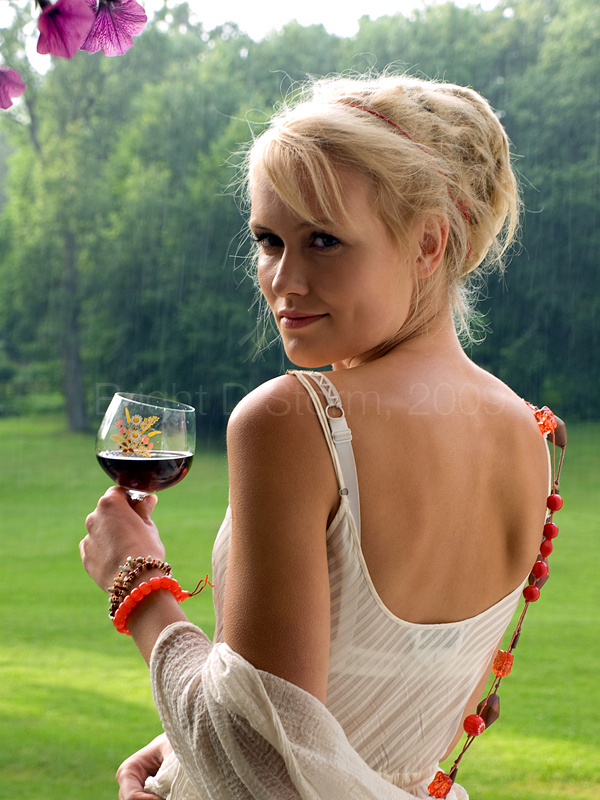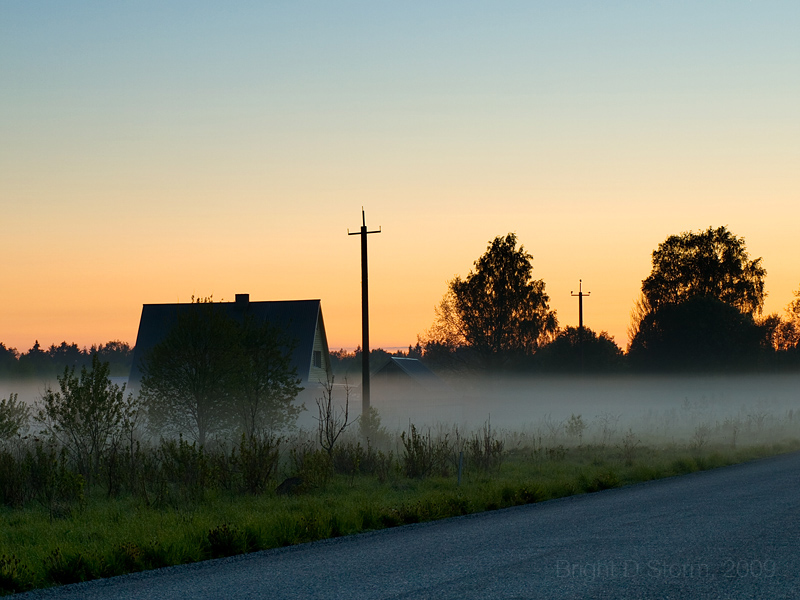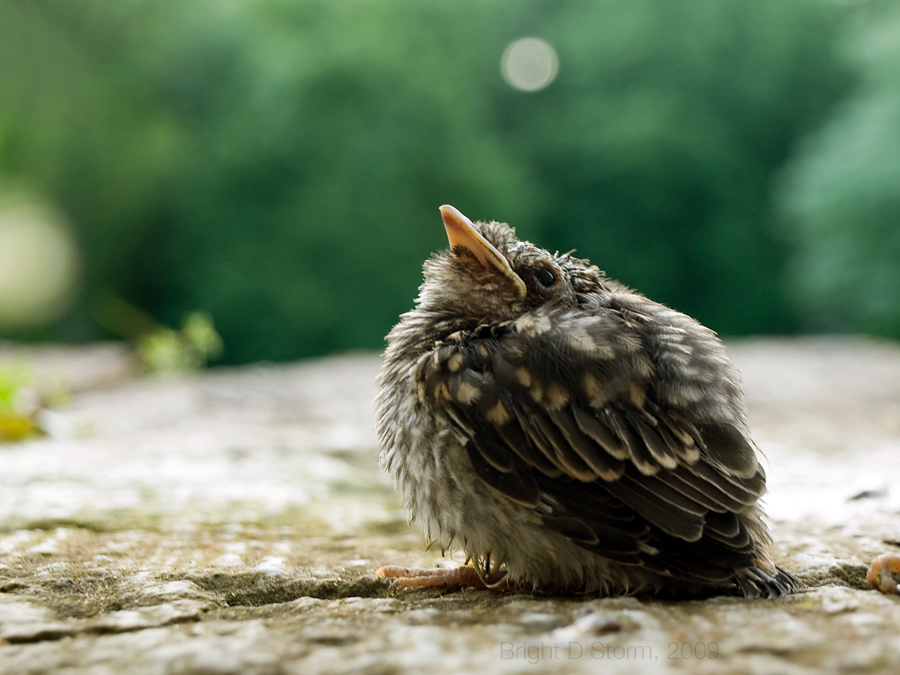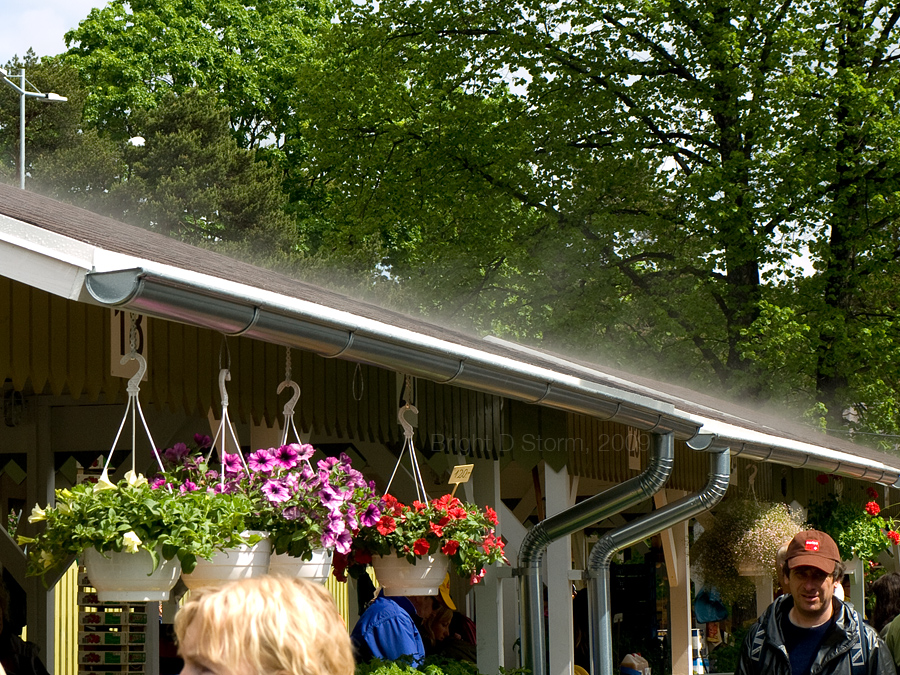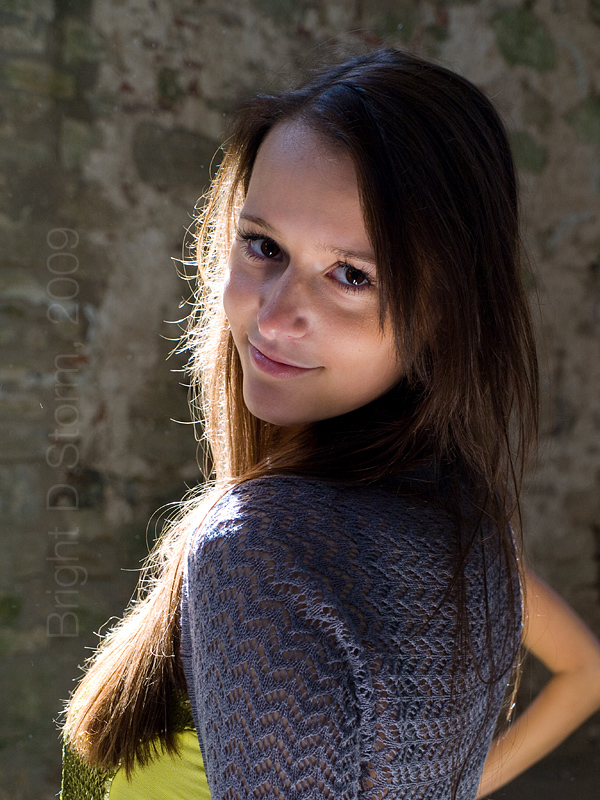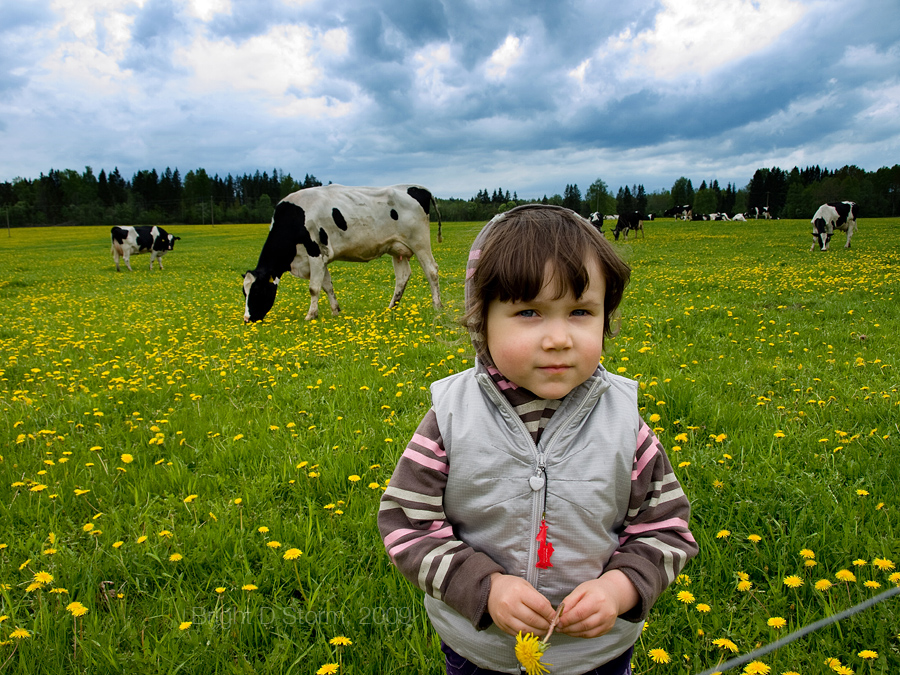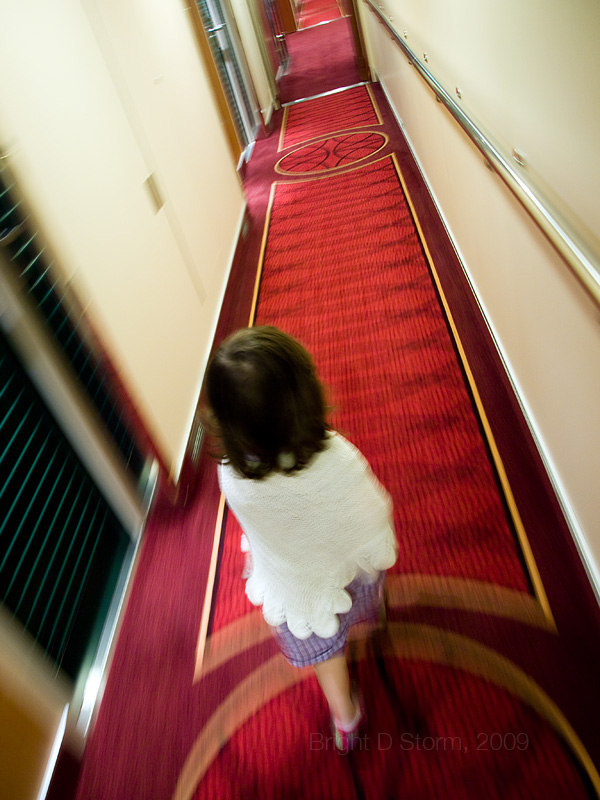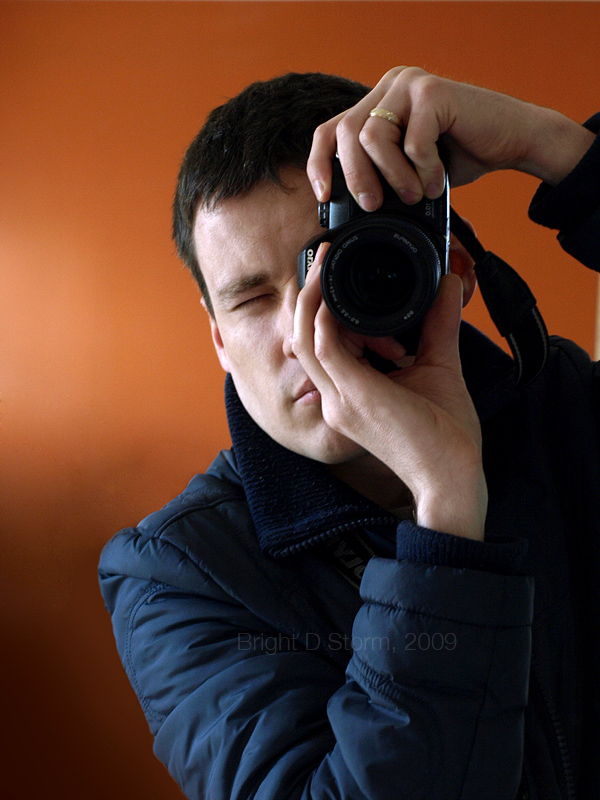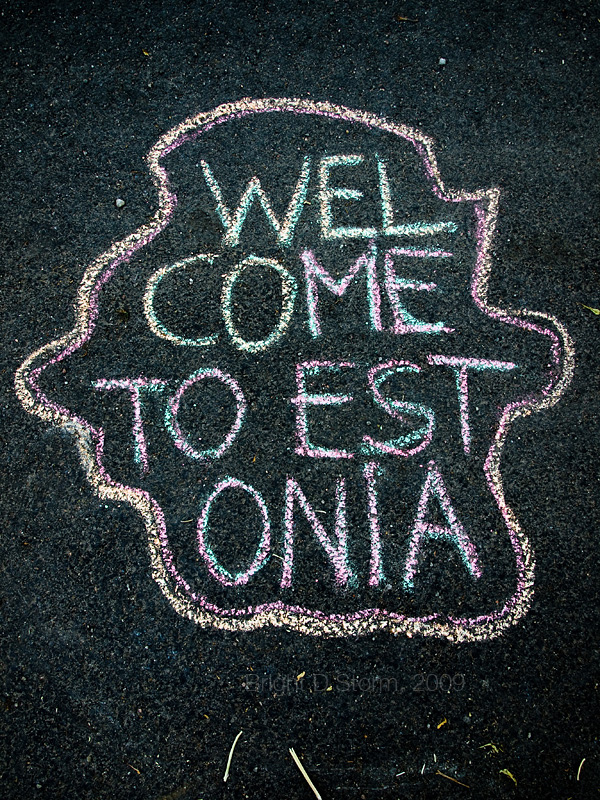
Shortly after the lovely mini-Olympus was sold (I still miss it :-) ), there was a chance to try the legendary XXD series semi-pro body by Canon - a 40D this time (Many thanks for Helen for making it possible :-) ). The first Canon from this line was probably Canon D30, a nice 3megapixel DSLR, first "small" sensor DSLR by Canon. The evolution after that was 10D (6mp), 20D (8mp), 30D (8mp, but lots of improvements for body), 40D (10mp), and finally 50D (15mp). A couple of weeks ago, Canon 7D was also announced. It is still arguable whether the 7D is the successor of 50D or has Canon launched entirely new line for high end half-frame cameras.
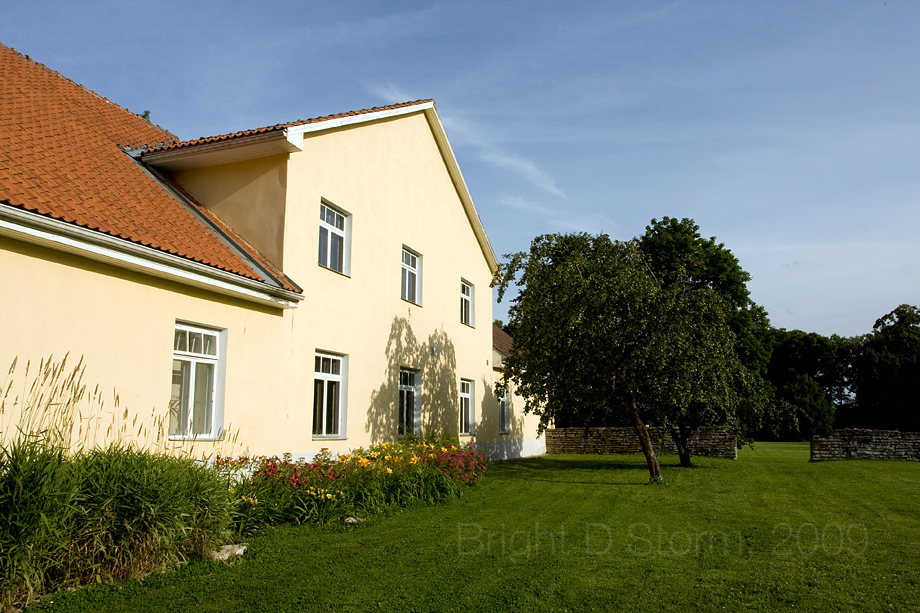
Well, one of the first things that makes Canon different from the "rest", is the size of their sensor. When Nikon, Pentax and Sony have the crop factor of 1.5 (the sensor size is approximately 23*15mm), the crop factor of Canon's cameras is 1.6, with the sensor size being around 22*14mm. So theoretically, the image quality might be a tiny bit worse, however in real life Canon has always built superior sensor, being one of the first using CMOS technology instead of CCD (as with the big competitor Nikon, the first CMOS sensors were available at 2008 (Nikon D90, D300), while the famous 10D released back in spring 2003. CMOS outperform CCD-s mainly in two areas: first, they consume less power; second, they produce less noise. The capability of the sensor was also one of the main reasons I wanted to try something from Canon as well - I hadn't had any Canon in my hands for a longer period of time so far :-)
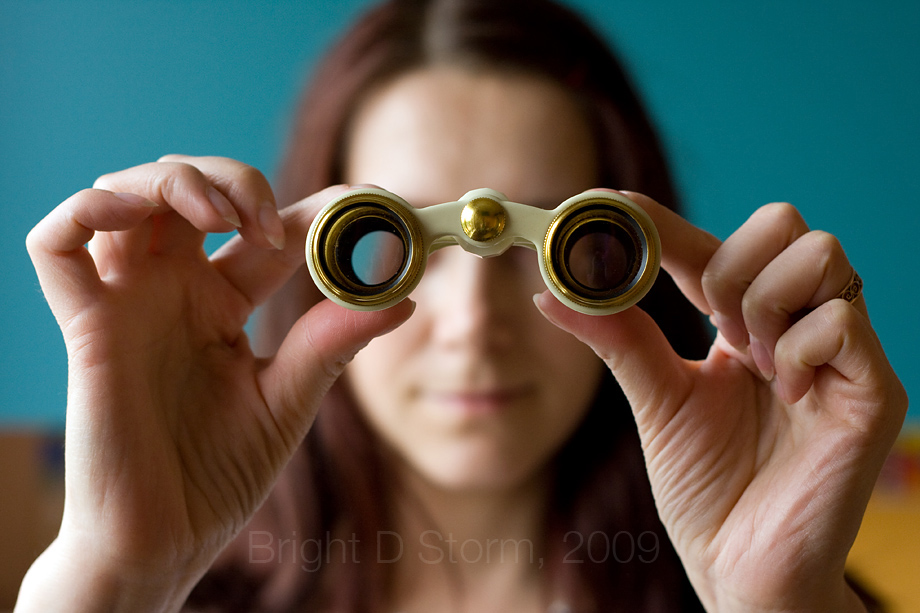
One of the issues people often like to argue about, is "where" the XXD line of canon really stands, compared to the Nikon's cameras at the same class? It is more or less agreed that the entry level DSLR-s used to share the same, "beginner" class - So Canon's 300D, 350D, 400D, 450D and 500D were considered be direct competitors for Nikon's D50, D40, D40x and D60. The qualities characteristic for this class was all plastic body, penta-mirror viewfinder and battery lasting not so good as in their big brothers. At the time 40D was released, it was more expensive than the Nikon D80, and not as expensive as the Nikon D300. At the same time it had faster focus, faster continuous shooting, metal body and CF card over the Nikon D80, but its build quality was not up to Nikon D300 level. So to summarize this paragraph, the XXD Canons had so far being class of it's own, more or less. At the time this post is being written, 2009, the market is much more sophisticated, so we can not even narrow down the classes, as we could, so far.
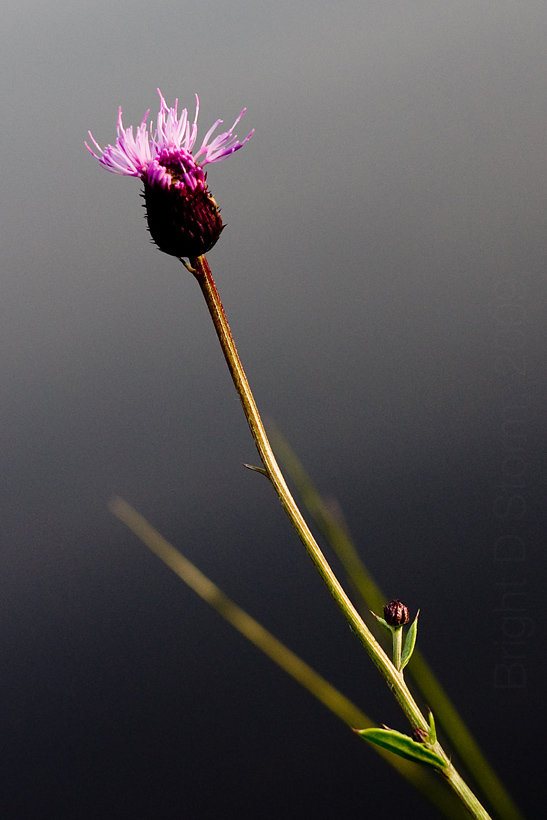
Another chaos has always been with the names of the two "Big" boys. 300D, D300, 40D, D40, 60D, D60. Can you tell, which are Canon's models, which are Nikon's? Probably not if you have not been fanatic camera geek over the last couple of years. The holy web is giving several answers to us here as well, with one of the dominant reasons being the marketing departure of each company - when the model names are similar, the users get confused, so not the Canon nor the Nikon has no certain advantage of sales, when it comes down to model names.

What is really excellent with 40D, is it's high speed continuous shooting - 6,5fps (it's like a sewing-machine :-)), which makes it excellent 2nd camera for any pro shooting anything that moves fast, whether it is sports, nature or anything else. The build quality of the 40D was not as good as I'd expect for a semi-pro body, in fact the more "amateurish" Nikon D80 even felt better. The battery lasts around 1000 shots, the viewfinder is excellent, the auto-focus is fast. What else can you ask? :-) The body itself is pretty large, compared with its smaller brothers, or Nikons 70-80-90D line. Though both Nikon and Canon come from Japan, there are fundamental differences in logic - starting from in which direction the exposure compensation wheel turns, to a small little details through both the physical and electronic user interface. Take Canon 40 (50)D and Nikon 80D (90D) and use them side by side, and you learn it in seconds - so different units, yet both ate very usable.. One thing that you instantly notice about 40D, is its relatively loud shutter noise. According to the forums, the new 50D has VERY silent shutter, so hopefully this will be a a tradition - to produce silent shutters - from this point on :-)

The bottom line - it seems the Canons are not built for me :-) Is it that I have used Nikons too much, is it the physical size of XXD bodies or is it something else - I just find Nikons to be more to my taste. Should I be able to use any additional Canon's pro body in the future, I'll definitely post some comments and pictures here as well - never say never :-) .. All the pictures seen here are shot with 50mm F1.8 prime or 17-40mm F4 L.
